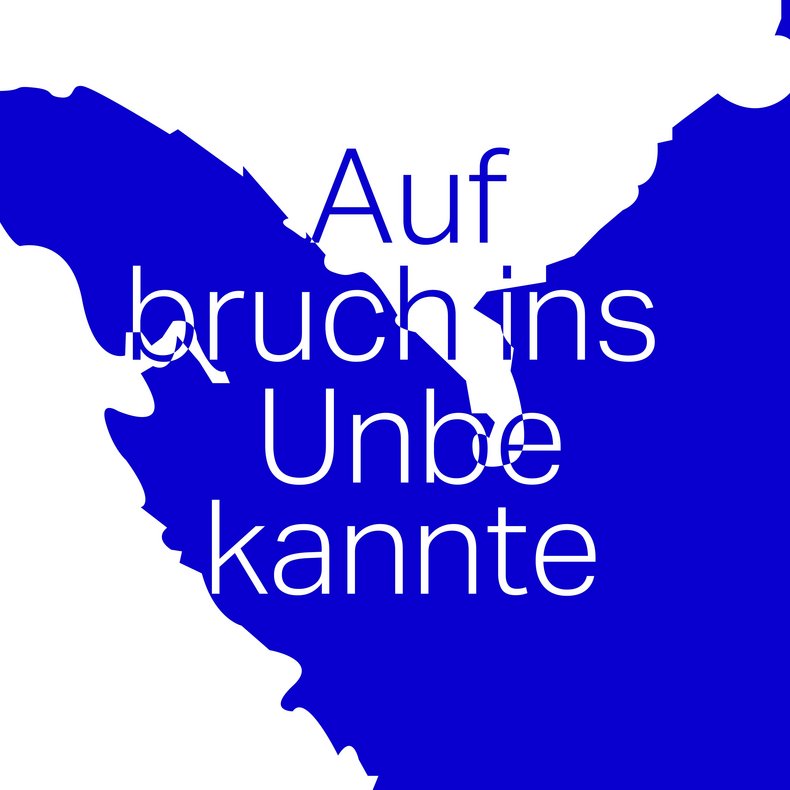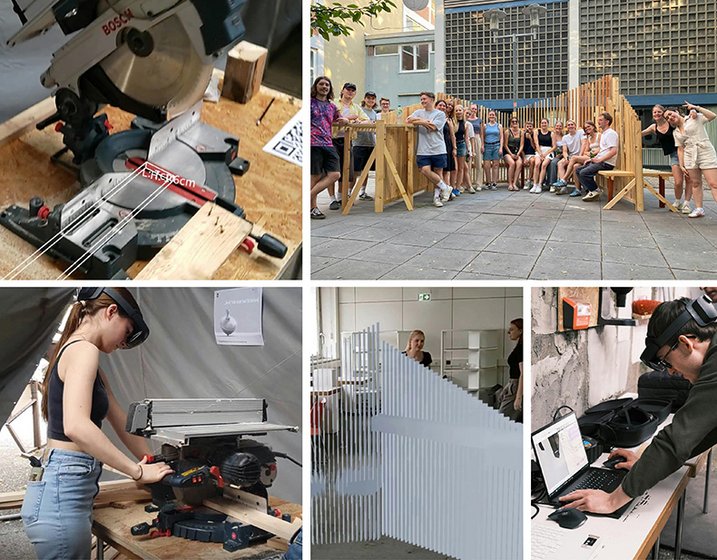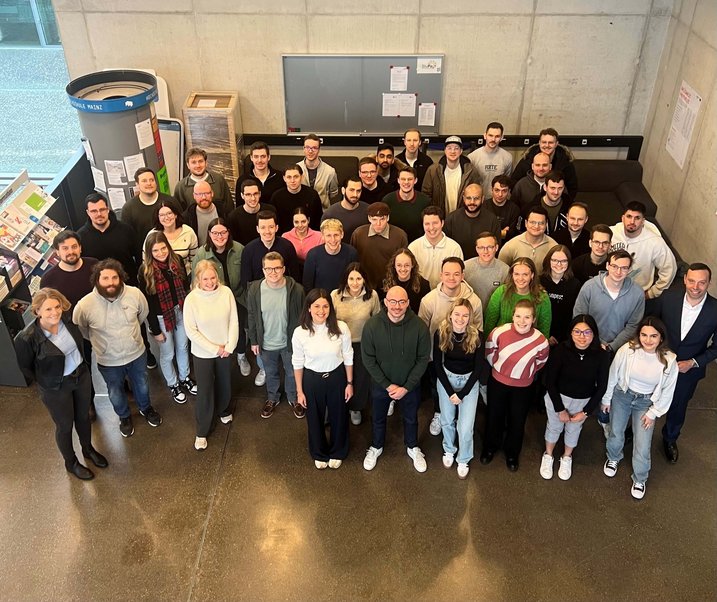Exhibition Departure for the Unknown at LUX focuses on 10,000 years of migration history
Students from Mainz University of Applied Sciences and Johannes Gutenberg University Mainz design a joint exhibition in collaboration with LEIZA.
Migration has shaped human history since the dawn of time and continues to be a key socio-political issue today. The interdisciplinary exhibition Departure for the Unknown, which can be seen from February 6 to 15, 2025 in the LUX Pavilion at Mainz University of Applied Sciences, explores this topic using archaeological exhibits. The project is a collaboration between students at Johannes Gutenberg University Mainz (JGU) and Mainz University of Applied Sciences, in cooperation with the Leibniz Center for Archaeology (LEIZA). Their common goal: to better understand current social challenges and open up new perspectives by looking into the past. The idea for the exhibition originated in the research area 40,000 Years of Human Challenges: Perception, Conceptualization and Coping in Premodern Societies, a JGU research area that investigates how people deal with challenges and what strategies and practices they develop to overcome them.
According to the United Nations Refugee Agency UNHCR, around 103 million people worldwide were displaced in mid-2022. Departure for the Unknown shows that migration has been a driver of innovation, cultural exchange, and social change for thousands of years. Nevertheless, it also causes uncertainty for many people. The exhibition in the 330-square-meter LUX Pavilion illustrates the many facets of migration and encourages reflection on historical parallels.
Stations in the exhibition: Migration through the ages
Multiple interactive stations are a central element in Departure for the Unknown. Each of them deals with a specific aspect of migration and presents information and exhibits from six different historical epochs. This enables a reflection across time, linking historical developments with current and future issues, helping to better understand the present and develop bold ideas for the future. Topics covered include:
- Forms of migration: on foot, on horseback, or by ship, then and now
- Reasons for migration: climate change, economic hardship, political conflicts
- Challenges of migration at the point of arrival and place of origin
- Long-term consequences: How innovations and craftsmanship techniques were passed on through migration
Interdisciplinary collaboration as a learning process
The project offers students a unique opportunity to combine theory and practice:
- Archaeology students at JGU selected the artifacts that serve as the basis for the exhibition during the summer semester of 2024 and drafted scripts.
- In the following semester, students of interior architecture and communication design at Mainz University of Applied Sciences were responsible for the creative implementation.
- Regular consultations with the archaeologists ensured a sound scientific foundation.
- LEIZA provided the archaeological exhibits, set up the display cases with the exhibits, and advised on archaeological issues.
The exhibition was made possible with the support of the JGU research area 40,000 Years of Human Challenges and the Innovative Teaching Fund of Mainz University of Applied Sciences.
After its presentation in the LUX Pavilion, the exhibition will be on display at LEIZA starting June 14, 2025 for the Night of the Museums in Mainz, giving the project another stage and enabling an even broader audience to have access to this important topic
Grand opening and event details
Vernissage
February 6 at 6 pm
Exhibition period
February 6-15, 2025
Location
The LUX Pavilion of Mainz University of Applied Sciences, Ludwigsstraße 2, 55116 Mainz
Organizers
Interior Architecture and Communication Design degree programs at Mainz University of Applied Sciences, Archaeology degree program at JGU
Project management
Mainz University of Applied Sciences: Prof. Anna-Lisa Schönecker and Prof. Anja Soeder
Johannes Gutenberg University: Prof. Dr. Alexandra Busch, Director General of LEIZA
You can find more information here.




